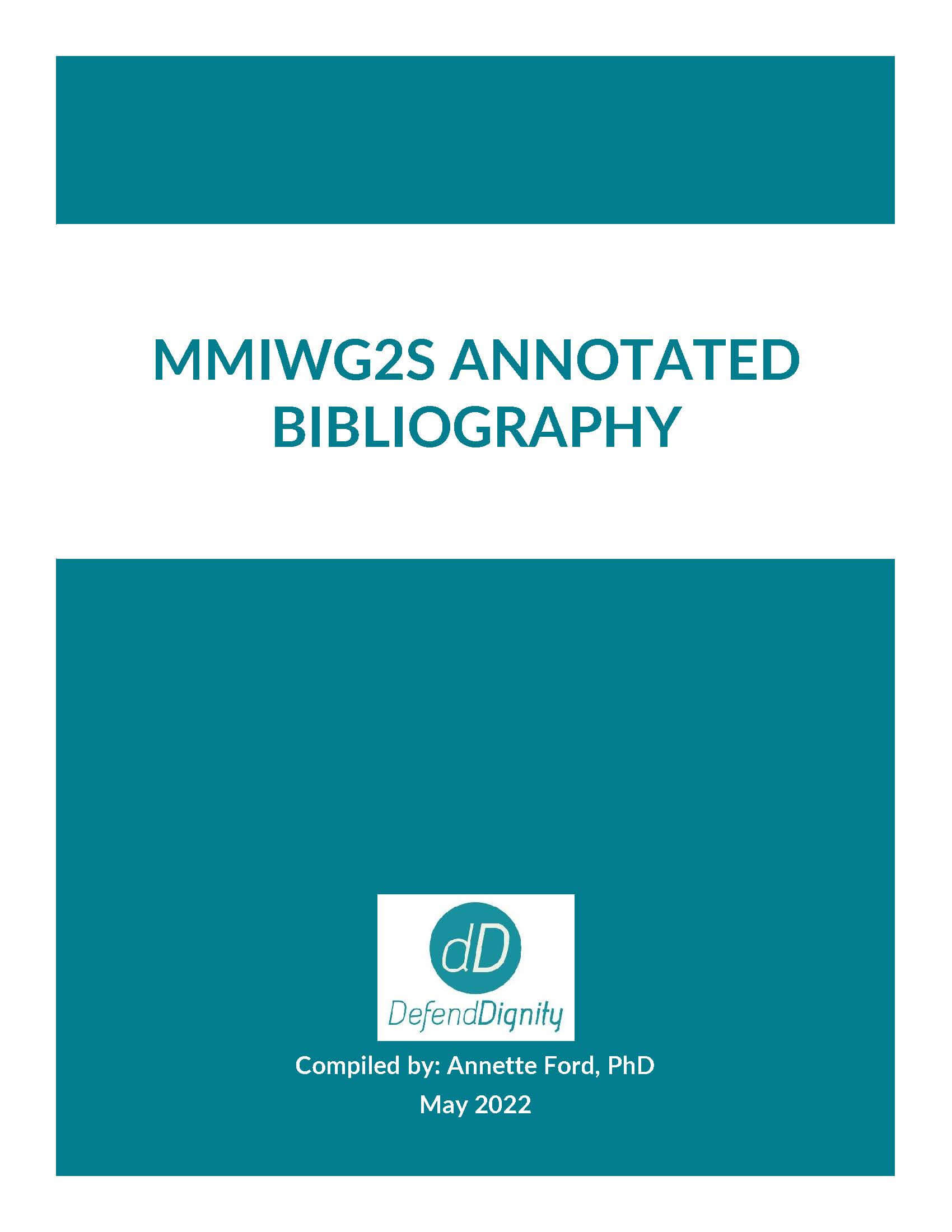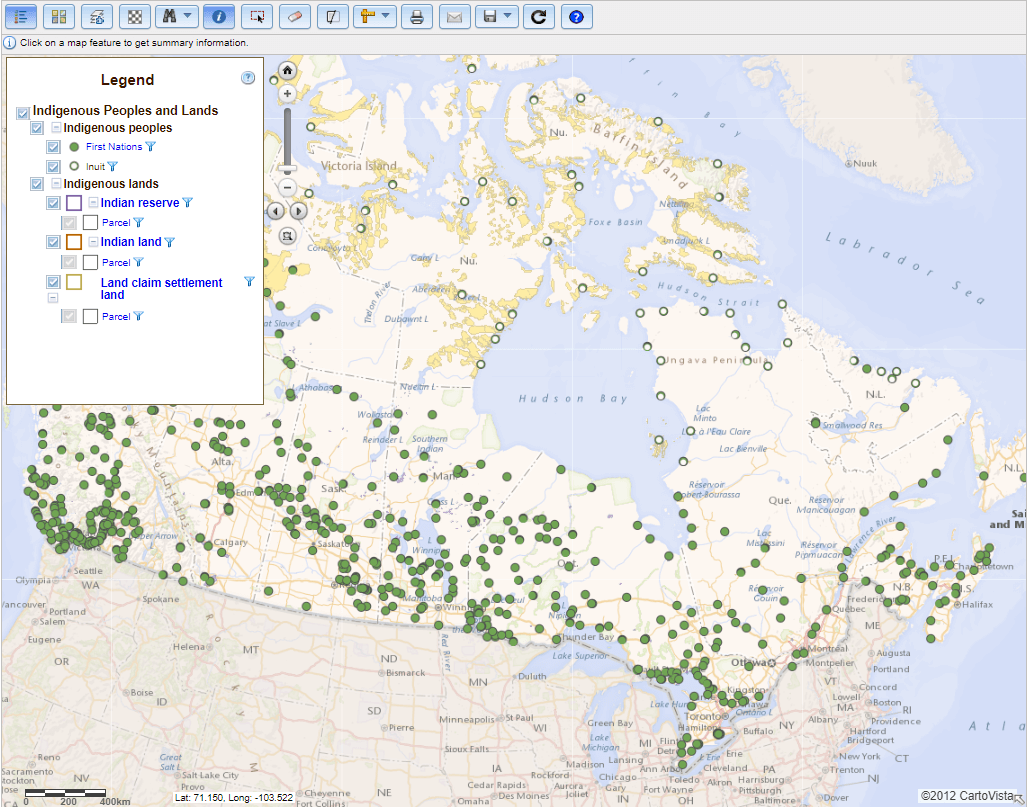MMIWG2S
Welcome to this resource page
We are glad you are here to learn more and to consider how you and your church or small group can engage.
There is an intersection between the crises of commercial sexual exploitation and missing and murdered Indigenous women, girls and 2-spirit people in Canada. As we work to address one crisis we will also address the other, so tight is the connection. As settler people in Canada and particularly as the church we need to first learn all we can and then humbly work towards reconciliation through relationship.
We hope that by using the interactive maps, the annotated bibliography, the regional documents of organizations and churches and especially the videos and discussion guides for small groups you will be informed and inspired to do your part in reconciling and healing work that must happen in order to stem the tide of violence, oppression and death among Indigenous women, girls and 2-Spirit people. Empowered by the Spirit of Jesus, the church can be an instrument of healing and change.
When to use this resource
Our suggestion is to build this into your church calendar to coincide with Red Dress Day on May 5. Alternatively, there are Sister in Spirit events which also honour MMIWG2S and take place in early October. Using the small group material around either of these dates would work well.

Red Dress Day | May 5th
May 5 marks the National Day of Awareness for Missing and Murdered Indigenous Women, Girls and Two-Spirit People (MMIWG2S+) on Turtle Island — also known as Red Dress Day. This day began as a response to and awareness of the alarmingly high numbers of missing and murdered Indigenous women and girls. The red dresses act as a visual reminder of all the missing women, girls, and two-spirit people. You will also sometimes see a red shirt to honour those who identify as two-spirit. In June, 2019, a report was released on the National Inquiry for MMIWG2S — it includes well over 200 recommendations and concluded that the disappearance of these girls and women is an ongoing genocide, which continued after residential schools, the ’60s scoop and day schools.
This day is about recognizing the harm that has affected these women and girls — also including their families and communities who are often left wondering “what happened “or “where did she go?”
Show Support
You can show your individual support by:
- Wearing red on May 5;
- Posting to social media and using the hashtags #nomorestolensisters, #MMIWG2S, #whywewearred and #3reddressday;
- Supporting any events or workshops that your communities or church may be holding and being an ally to your Indigenous neighbours;
- Hanging a red dress or shirt outside your door or establishment;
- Looking out for one another.
Get Support
Get Help
"Walk With Us" | Small Group Video Series
"Walk With Us" is a 3-part video series designed for small group study and discussion. This short, inspiring round-table conversation explores some of what's behind the MMIWG2S crisis, what families experience when searching for a missing loved one, and why churches need to engage with this issue.
Churches can promote the series to their small groups by showing the 2-minute promo video at a service.
The PDF guide will help with your small group's discussion time.
Regional Resources

Annotated Bibliography
Download
Aboriginal Affairs and Northern Development Canada’s (AANDC) GeoViewer
The Aboriginal Affairs and Northern Development Canada’s (AANDC) GeoViewer is a full-fledged map that contains detailed information on Indigenous peoples and Indigenous lands including Land Claim Settlement Land in Canada. This map provides viewing, searching, measuring, adding, sharing and printing of some departmental geographic data. Click on the image or on the links at the bottom of the page for detailed instructions for each map function The First Nations geographic location dataset contains the geographic location of First Nations (groups and subgroups) in Canada. The Aboriginal Lands of Canada Legislative Boundaries web service includes legislative boundaries of Indian Reserves, Land Claim Settlement Lands (lands created under Comprehensive Land Claims Process that do not or will not have Indian Reserve status under the Indian Act) and Indian Lands.
Click here for help document which provides an introduction to the components of the GeoViewer and how to use them.
View the Map


